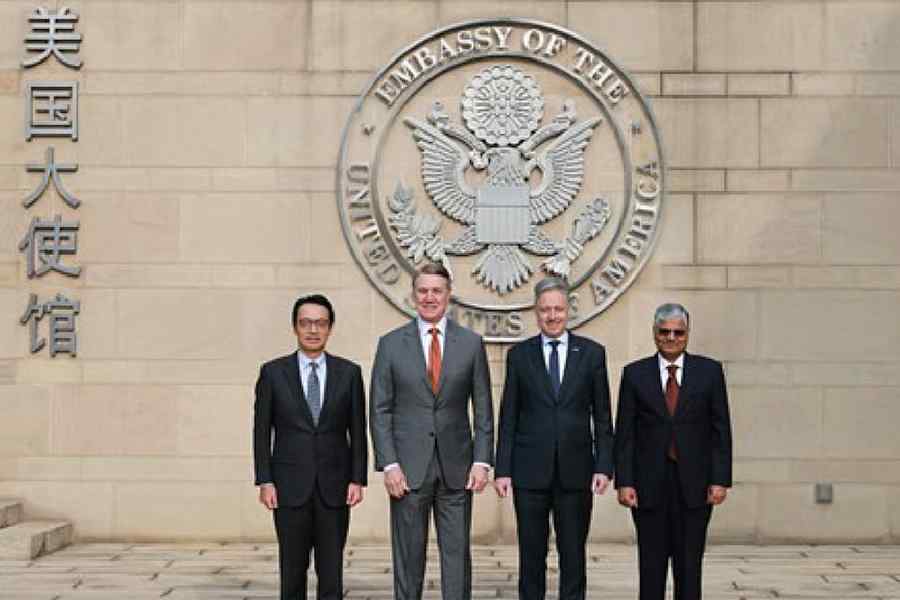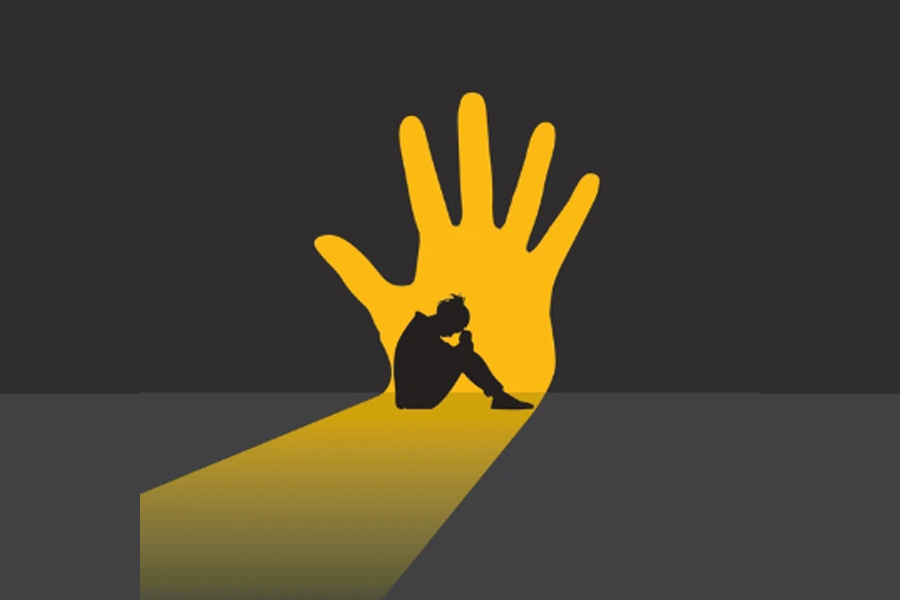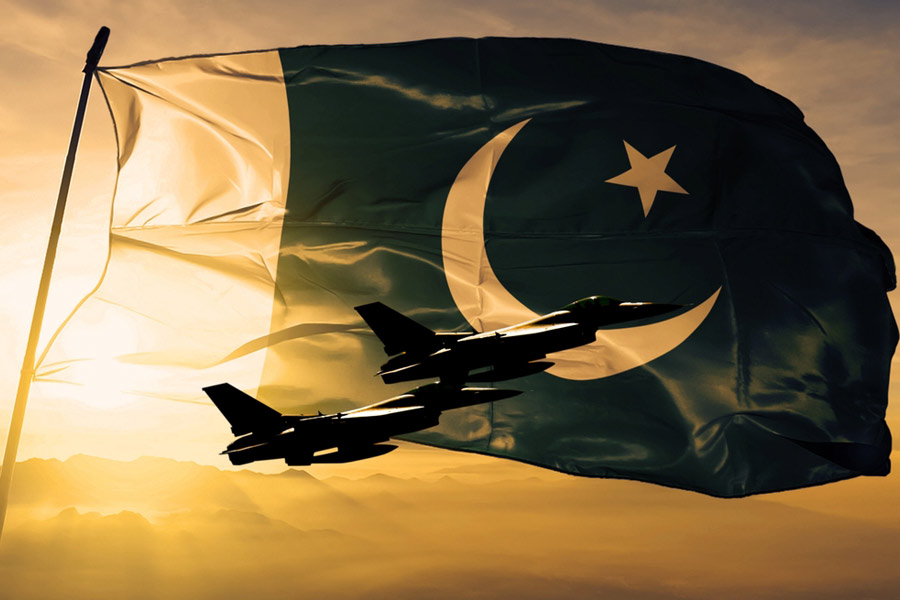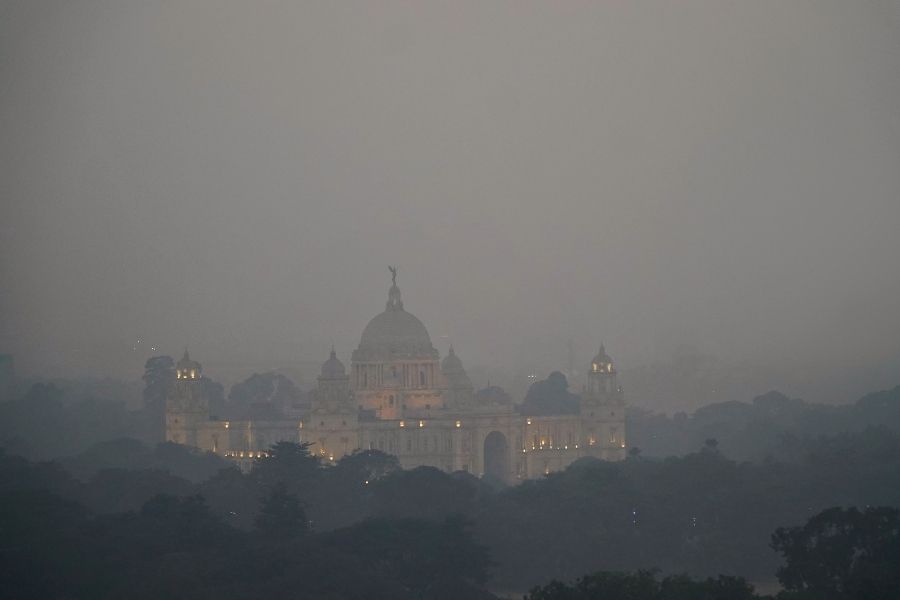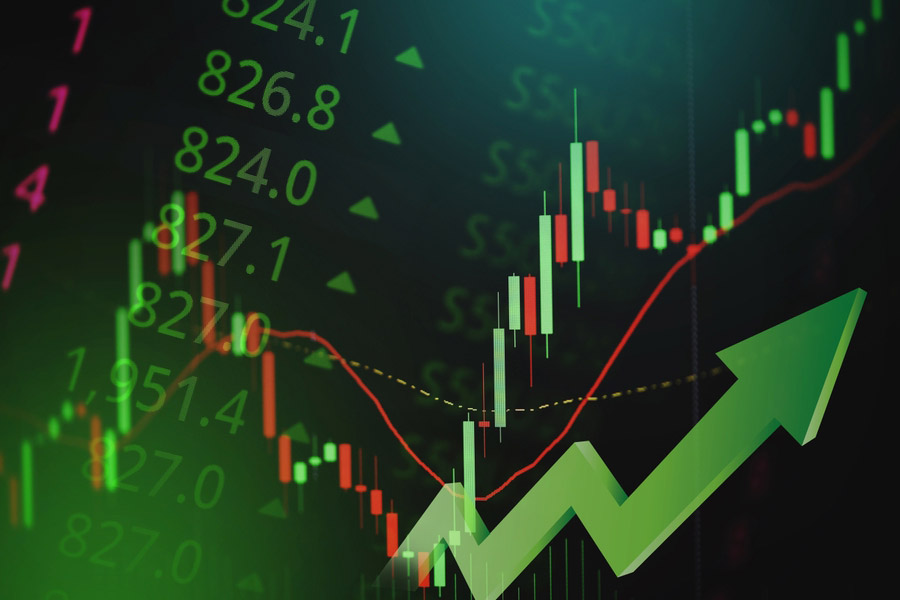.jpg)
Artist and curator Bose Krishnamachari is on a creative high. He’s getting ready to unveil the inaugural Yinchuan Biennale, in Yinchuan, northwestern China, on September 9. The mega-art show’s taking place at the city’s stunning new Museum of Contemporary Art Yinchuan (MoCA Yinchuan) and Bose has been a key mover behind putting the show together.
Even for Bose, who’s always looking for newer and steeper challenges, it has been a giant exercise. But then, he’s always urging artists “to think the unthinkable and do the impossible”. Or, as his friend and Kochi-Muziris Biennale (KMB) collaborator Riyas Komu says: “He’s a perennial optimist, someone you cannot catch.”
It all began when Bose, who, with Komu, founded the KMB, gave a talk at a gathering of the world’s leading museum directors and curators in Tokyo last year. He spoke on how they’d pulled off the impossible and got the biennale off the ground and turned it into a global art event. Soon afterwards, he was approached by Suchen Hsieh, artistic director of the stunning MoCA Yinchuan, to curate a show for her. “I laughed it off initially,” says Bose.
.jpg)
That changed when a museum director friend in Singapore called and convinced him that Suchen was serious. Soon afterwards, he visited Yinchuan to learn about the museum and its region. “We were chatting when I suddenly realised that she wanted to do a biennale,” he exclaims. And that she wanted him to curate it.
Naturally, Bose is hoping to replicate his success at Kochi in Yinchuan even as he’s clear that he won’t imitate it. “It’s important for every project to have its own identity. And it’s impossible to imitate Kochi,” he says.
Of course, while dividing his time between Yinchuan, Kochi and his home in Mumbai, he has also been criss-crossing the globe, drumming up support for the third edition of the Kochi biennale — it opens in December — along with artist Sudarshan Shetty, who is curating it this time. The 2014 biennale saw half a million people descend upon Kochi and, this time, Bose is hoping to draw even more.
“We didn’t expect this success when we started Kochi. So many people from across the world are engaging with it. And it has become an inspiration for so many biennales like the Lahore one in 2017,” says Bose.
Even Gallery Chemould Prescott’s Shireen Gandhy, who was “hugely sceptical” about it initially, says: “I could take my hat off for what Bose has done with Kochi. He sees things way ahead of his times. It’s a landmark event and it’s what will uphold the integrity of art.”
Meanwhile, as the Yinchuan Biennale’s curator, Bose has drawn a galaxy of the world’s Contemporary artists — he’s got 74 artists from 34 countries. That includes stars like Chinese artist-activist Ai Weiwei, who was detained for four years in China and who now resides in Berlin. He will show “a fantastic conceptual work”.
.jpg)
Then, there’s British sculptor Anish Kapoor, Yoko Ono, Mary Ellen Carroll from the US, and Santiago Sierra of Spain. There are 12 artists from China like Song Dong, and seven from India like Shetty, Komu and Sonia Mehra Chawla.
But then, most people would agree that Bose knows practically everyone in the global art world. Gandhy says: “I think it’s a Bose orbit that he inhabits, and only he knows how he manages that. It’s not as if anyone’s helping him. And while he’s an artist in his own right, it’s not his art that’s taking him there. Nor does good networking alone get this kind of
expansive reach.” She adds: “There’s an honesty and integrity towards art.”
Take a look first though at the massive Yinchuan museum, which is located besides the Yellow River in China’s Ningxia province near Mongolia. Its futuristic 15,000sqm building is surrounded by wetlands. “It’s like a UFO has landed,” remarks Bose. He will use the indoors and outdoors for the biennale.
Now, China has been on a museum-building spree these past years. And MoCA Yinchuan — it’s founded by industrialist Liu Wenjin — which opened last year is part of that trend. Yinchuan, which is a Tier-3 Chinese city, has a large Islamic population. It used to be a prominent stop on the Silk Route and still has ties with the Islamic region.
Suchen says: “As the first museum of contemporary art in northwestern China, MoCA Yinchuan is dedicated to providing a platform for cultural interaction between Chinese and Islamic contemporary art.” She adds: “With the first Yinchuan Biennale, we want to provide visitors opportunities to know and understand global contemporary art.”
That’s why she chose Bose — and that’s what excites Bose too. Suchen admits: “I didn’t know about the Kochi-Muziris Biennale before I listened to Bose’s lecture. I was moved by his speech. In Kochi, Bose focused on local art education. And I really admired its diversified programme.”
.jpg)
So, on that first visit, Bose visited the local art college “to check out” the scene. “It’s almost like Indian art institutions. There’s no awareness of contemporary art practices. But MoCA and this biennale can change that,” he says. After all, Kochi’s success is that it has become a “people’s biennale”.
Says Bose: “What’s interesting for me is that there are possibilities of bringing international art. I’m keen on educating people on art. I’m not interested in just the white cube museum exhibition. I’m interested in design, architecture, and all kinds of cultural effects.” These varied interests have always influenced Bose’s diverse practice, which includes painting, sculpture, photography and installation — and they’re evident in his curatorial work too.
Suchen says: “I see Bose as a curator with an open mind and global perspective.”
So Bose has chosen big international artists and also unknown ones like Sushanta Kumar Maharana, whom he discovered doing “amazing” carvings in a tiny space in Calcutta. The youngest artist is Alaa Mahmoud Alqedre from Sharjah University. “I look for talent everywhere — art fairs, biennales, galleries, museums,” he says.
.jpg)
His curatorial theme at Yinchuan is: ‘For an Image, Faster than Light’. He’s looking at how contemporary artists are engaging with — and could offer answers to — the questions confron-ting a vitiated social, political, economic and physical environment. “Art and culture is the only optimistic thing I can think of in our times,” he says.
There are three elements to this. One is ecological issues. Then, he has drawn upon the Indian concept of Tamasomajyotirgamaya, “which pleads to be led from darkness to light”. And, there’s the Islamic juxtaposition in China or of “green in the land of red”.
Is he worried about censorship in China? Says Bose: “I’m not going there to create a revolution. My artists are sensitive to all this, as am I.”
Undoubtedly, putting together the Yinchuan Biennale has been a challenge, also because of the language. But, Bose says: “I love challenges. When something comes out of nothing, there’s a magic and everybody gets involved in it. That’s how it was at Kochi and that’s what I’m trying to create here.”
As for pulling it off in a short span, he admits: “I’ve been working in the art world for long. I know who’s who and who will fit into my curatorial idea. It’s about human relationships.”
It’s a talent that’s natural to him. Even when he first moved to Mumbai to study at J.J. College of Art — he grew up in a village in Kerala, where he got his love for design from his father, who was a carpenter — he was always reaching out to senior and junior artists. “I wanted to know how artists think about their practice — not just painters but sculptors, writers and filmmakers. I used to meet them all,” he says.
.jpg)
work from his popular Stretched Bodies series to installations and architecture. Photo courtesy: Bose Krishnamachari/Kochi Biennale Foundation
He’d also mentor younger artists. Komu, who joined J.J. in 1992, recalls how Bose — he topped his class in 1991 and taught there for a year — was always on campus, “an informer”, sharing books and ideas with students.
As an artist, he made an early impact with his show, Amuseum, in 1991. It was about “the impermanence of knowledge”. Inspired by Mumbai’s roadside booksellers, he piled books as sculptural forms and even burnt them. “People didn’t spend on art productions then, but he was moving ahead,” says Gandhy.
He also began curating shows like Bombay Boys. And he also brought in curatorial elements in his work like in his exhibition, De-Curating, or later, in his favourite Laboratory of Visual Arts show. “The curatorial practice has always been part of Bose’s own art practice,” says Komu.
Besides, he experimented in different media from his colourful Stretched Bodies series of abstract paintings to installations like Ghost/Transmemoir. “Extremities coexist in my life. I believe in minimalism and also in extreme expressionism. I’ve experienced both hedonism and low life,” he says.
Still, it was a bold move when he decided to put his art practice on hold to launch the Kochi biennale. Now, he’s already looking at moving beyond Yinchuan to Kochi. It’s a constant battle against the odds — especially as funding is “always an issue” although a supportive Kerala government has promised Rs 7 crore this time. And yes, he’d like to do a large work of his own, after that.
But then, he’s always ready for a challenge. As he says: “You should always walk in different directions and learn things. And when you stand at one point, you should be a like a magnet that can bring back the paths to you.”

.jpg)
